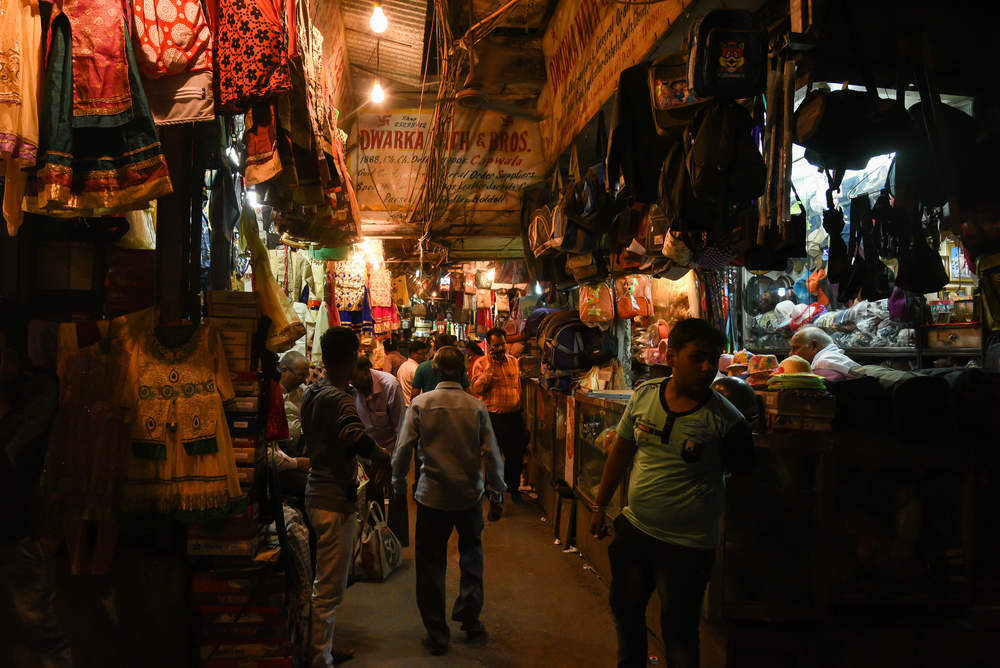
India has banned television channels from showing condom ads between 6am and 10pm on the basis of their being potentially “indecent” and “inappropriate” for children.
The decision — made by the country’s ministry of information and broadcasting — has triggered widespread criticism from health experts and campaigners who say it is a regressive step in attempts to prevent the spread of sexually transmitted diseases and improve family planning.
The ministry cited 1994 laws that banned commercials feared to “endanger the safety of children or create in them any interest in unhealthy practices”.
For many people in Indian, the move is a step backwards.
With teenage pregnancy on the rise in India this no condom ad from 6-10pm is a major setback. We ought to focus on promoting safe sex. The times have changed and sex education is more important than it ever was.
— Harshada Sawant (@AEHarshada) December 12, 2017
How well do you really know your competitors?
Access the most comprehensive Company Profiles on the market, powered by GlobalData. Save hours of research. Gain competitive edge.
 Company Profile – free sample
Company Profile – free sampleThank you!
Your download email will arrive shortly
Not ready to buy yet? Download a free sample
We are confident about the unique quality of our Company Profiles. However, we want you to make the most beneficial decision for your business, so we offer a free sample that you can download by submitting the below form
By GlobalData
Koninika Roy from the Humsafar Trust, a charity that works with the LGBT community in the prevention of STDs, said:
The ban is regressive. People are having sex at a much younger age and these ads could be telling them about safe sex. Condom ads are not about titillation, they are not about sex but about safe sex.
However, others argue that condom ads are unnecessarily sexualised and rarely about the reasons why protection should be used. Many have called for a change in condom ads rather than a complete ban.
Great decision indeed of @smritiirani ji on #CondomAds between 6 AM to 10 PM. Showing vulgur ads under in the name of spreading awareness is destroying our growing youth.Check & balance is must. Can this kind of pictures should be allowed for raising awareness? Of course no? pic.twitter.com/MSOZ0sBxWW
— Ashwani Dubey (@AdvAshwaniDubey) December 12, 2017
This is not the first time India has attempted to censor sexually explicit content.
In 2008, the Madras high court ordered condom manufacturers not to have so-called sexy pictures on their product’s packaging as it was an “affront” to Indian culture.
In the past even the word ‘condom’ was censored out of films, and over 800 pornographic sites were blocked in June of this year. In 2014 Union Health Minister Harsh Vardhan was reported to have said that fidelity in marriage provides better protection against AIDS than condoms, and called for an elimination of sex education in schools.
Though his comments were expressed as personal sentiments rather than accepted laws, such statements reveal the conservative nature of Indian culture that means sex is still a very much taboo issue.
In September of this year, condom company Manforce was made to withdraw one of its adverts that incorporated the Hindu festival Navratri with the slogan “play this Navratri, but with love”.
Navratra Hoardings Campaign was not meant to hurt anyone's sentiments & was immediately withdrawn.
We deeply regret any such incident.— Manforce Condoms (@ManforceIndia) September 20, 2017
The objections came as it is perceived as a pious festival, and even the Confederation of All India Traders (CAIT) lodged a complaint with the government.
Despite public outcry, the encouragement of using protection during the festival period was not wholly misplaced.
Since the late 1990s doctors and health workers have flagged up Navratri as a prime time for young people to engage in sexual activity.
This is because the festival includes traditional garba dances held at hotels, banquet halls and parks which encourage people to stay out late and often even the most conservative households adopt a slightly more relaxed stance.
The number of young women seeking abortions spikes in the two months following the festival.
Though the promotion and normalisation of condom use seems a natural response to such a problem, gynaecologist Ruby Mehta told the BBC that the main problem is lack of proper sex education;
What we need is better sex education in schools. Teenage girls need to be made more aware and that alone will help this issue.
Does India need better sex education?
India’s population is currently 1.3bn and is expected to surpass China in the next decade.
On Tuesday the Lancet Global Health journal published a study revealing that of India’s 48m pregnancies in 2015, half were unintended and a third ended in abortion.
The study added that India’s abortion rate is 47 per 1,000 women of reproductive age, similar to Pakistan (50), Nepal (42) and Bangladesh (39).
2016 data from the National Family Health Survey also showed that while awareness about condoms has seen an increase, their use remains relatively low.
For instance in Tamil Nadu — considered one of the more liberal states — although two in three women are aware about condoms less than one in a hundred use them.
Only West Bengal and Sikkim saw a rise in condom use of more than one percent since the previous survey in 2005/06. All other states either declined or recorded a negligible increase.







